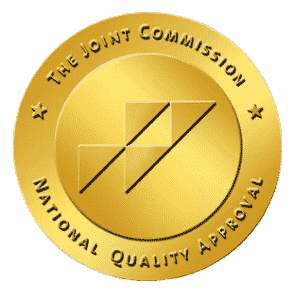An addiction to opioids is one of the most common problems facing the public health system in the United States today. Many people end up getting opioids through a legitimate prescription that has been written by a doctor. These medications are typically used to treat acute pain; however, these scripts often end up getting written to treat people who suffer from chronic pain as well. Sadly, these medications can have a number of side effects, one of which is addiction. When someone has developed an addiction to opioids, it is important to ask for help. There are trained professionals who can help someone with addiction treatment for opioids. These professionals have the tools necessary to help people recover and get their lives back on track.
Understand What is Going to Happen with Opioid Withdrawal
The first step that people need to keep in mind is what is going to happen to them when they start to go through the various stages of opioid withdrawal. There is no way around this step. It is not going to be pleasant; however, the good news is that this withdrawal is not life-threatening. Withdrawal is what happens when the body is deprived of something that it thinks it needs, such as opioid medication. In some cases, such as an addiction to benzos, withdrawal can actually be life-threatening. With an opioid withdrawal, this is going to feel like having the flu.
Some of the most common symptoms of opioid withdrawal include fever, sweating, nausea, vomiting, muscles pains, dull aches, and difficulty sleeping. These symptoms can occur even when someone is tapering off of opioids slowly; however, the symptoms are often less severe than someone who is trying to quit without a taper. Tolerance to opioids can build up quickly, leading to physical dependence. It is this dependence that leads to the symptoms of opioid withdrawal.
Understanding the Timing of Opioid Withdrawal Symptoms
When someone starts to come off of opioid addiction, the symptoms are going to start soon after the last dose. Some people might notice symptoms within six hours of the last dose. Other people might not notice symptoms for a day or more. It depends on how much someone has been using, how large the doses have been, when the last dose was taken, and how long someone has been using opioids.
The first symptoms of opioid addiction include anxiety, restless legs, tearing, insomnia, and even yawning, which is a unique symptom. These symptoms will often start within a day after the last dose. After this, some of the later symptoms will include abdominal cramping, diarrhea, nausea, vomiting, and even a spike in blood pressure. These are symptoms that often develop more than a day after the last dose.
Overall, the symptoms of opioid withdrawal can last for a week or more. The exact timing is going to depend on the type of opioid in someone’s system and how long this drug is going to take to clear. Often, withdrawal is the most difficult part of quitting opioids. Therefore, during this time period, it is critical for people to know how to cope.
Coping with Quitting Opioids
This can be a hard time for those who are trying to quit opioid use. It is important for everyone to know how to cope during the process. It is important for everyone to have a strong support system at home. This means friends and family members can stay with the individual, making sure they are doing well emotionally while ensuring they don’t cave into the cravings for more opioids.
Often, a trained physician can help someone during this time. A pain journal is a good idea as this will help someone keep track of the (non-narcotic) medications they might be using. At the same time, it is also important to know that there are trained facilities that can help someone quit opioids, particularly during the challenging process of drug withdrawal. These facilities specialize in the treatments of addictions, such as drugs and alcohol.
Trust the Professionals for Help with Addiction Treatment for Opioids
These are a few of the important points that everyone needs to keep in mind when it comes to addiction treatment for an addiction to opioids. Those who have developed an addiction to drugs or alcohol need to know that help from trained professionals is available. That is where Rise in Malibu can provide key assistance. This is a brand new luxury drug rehab program that is located in scenic Malibu, near the cliffs of the Pacific Ocean. This treatment center uses traditional treatment methods combined with innovative, new addiction treatment options that can help everyone get their lives back on track. To learn more about the services of Rise in Malibu, visit their website today.







